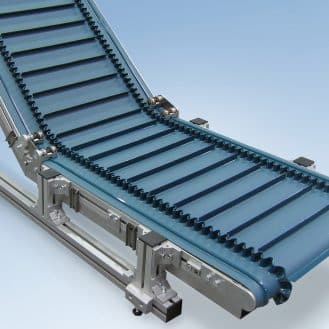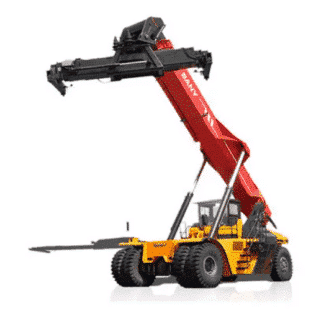Here are the main criteria to consider and questions to ask when selecting plastic film for industrial packaging:

SELENE pallet wrapping film
The type of load:
What type of product are you wrapping? Is it a dry or wet product? What’s its size and weight? Select film thickness, width, and length according to the size and weight of your products. Also, take into account how smooth they are and possible sharp corners that could tear the film.
The type of plastic:
This depends on the nature of the product to be packed. Commonly used plastics include polyethylene (PE), polypropylene (PP), polyvinyl chloride (PVC), and polyethylene terephthalate (PET). Each has different properties in terms of strength, transparency, and flexibility.
Desired function:
What will your film be used for? Packaging, protection, heat retention, sealing, etc.?
Some films have specific properties that make them resistant to chemicals, UV, or heat. Others are more transparent. Some also have electrical conductivity properties.
Duration of use:
How long do you expect your film to last, whether in transit or in long-term storage?
Respect for the environment:
More and more plastic films are recyclable or biodegradable. Naturally, we advise you to opt for this type of product for obvious environmental reasons.















